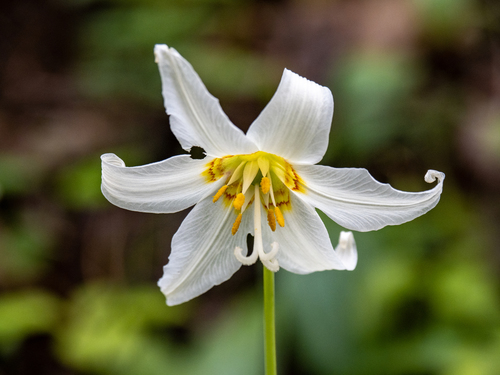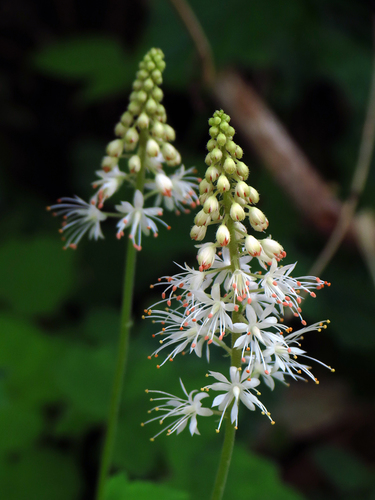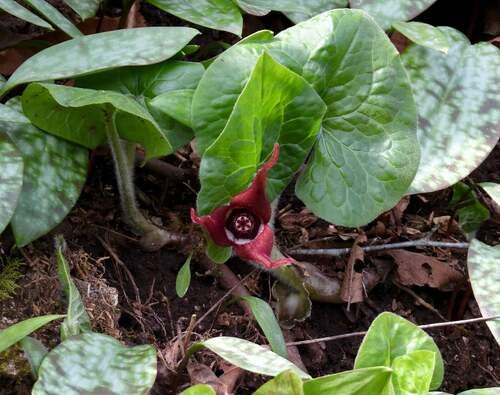My Garden

| Category | Details | |
|---|---|---|
| Plant Type | Perennial plant | |
| Estimated Plant Lifespan | 10 years lifespan | |
| Sun Requirements | 2-4 hours direct sunlight (Partial Shade) | |
| Pollination | Method: animal Notes: Attracts pollinating insects such as bees and butterflies. | |
| Watering Requirements | Method: top water Frequency: when soil is dry Notes: Water deeply, allowing the water to soak into the soil. Avoid overhead watering as much as possible to prevent fungal issues. | |
| Humidity Requirements | Level: moderate | |
| Temperature Range | 0 Max: 30°C |



These mollusks may consume the leaves and flowers. Symptoms include holes and damage to the foliage and flowers. A build-up can cause extensive plant damage.
Small, sap-sucking insects that can cause distorted growth and leaves to turn yellow. Distorted leaves, sticky residue on leaves, and stunted growth are symptoms of aphid infestation.
Neem Oil
A natural pest deterrent for slugs, snails, and aphids.
Beneficial Nematodes
Naturally control slugs and snails.
Diatomaceous Earth
A natural barrier that deters slugs and snails. This is a good companion to other natural solutions.
